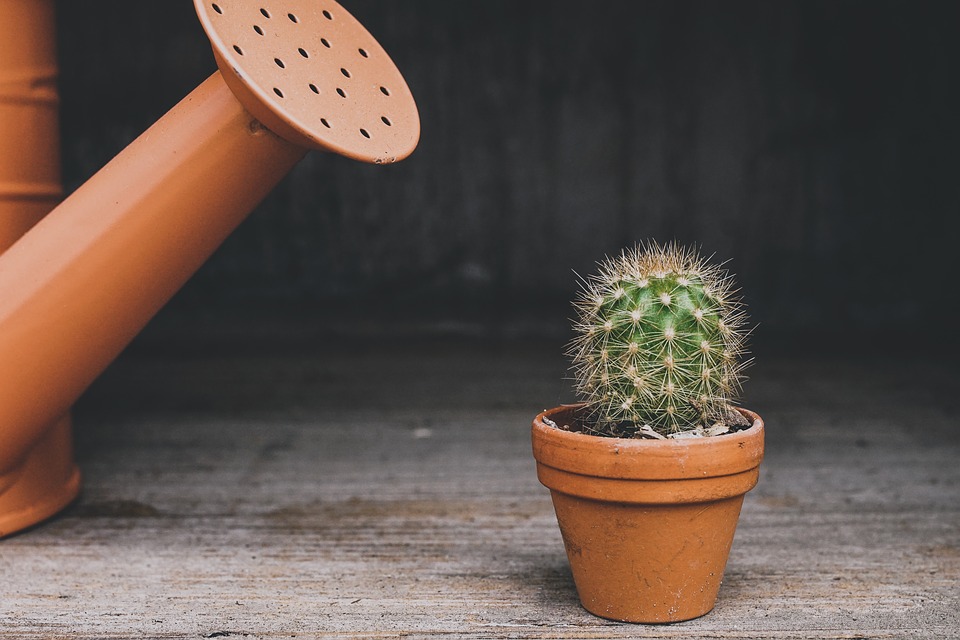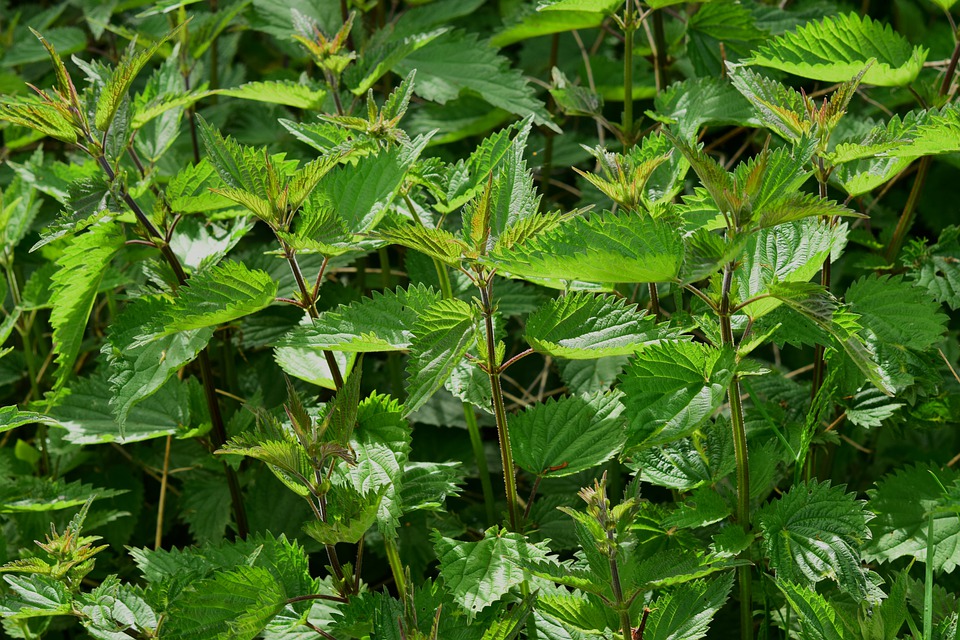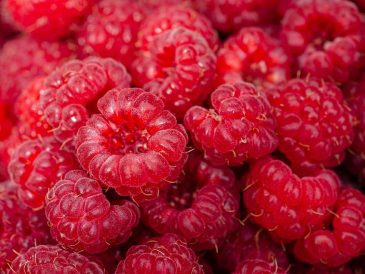Linnaeus took the name cactus, which was assigned by the ancient Greeks to a prickly plant, as the name of a collection of strange succulent or freshly-stemmed plants, most of which are prickly and leafless, but some of which produce lovely blooms and are today popular in gardens. Linnaeus’ use of the name Cactus is nearly coterminous with what is now the family Cactacaea.
So, let’s discover more!
Cactus

Cacti are plants with a wooden axis or backbone that is coated with dense masses of cellular tissue that create the fleshy stalks. These vary greatly in character and form, being globose, cylindrical, columnar, or flattened into leafy expansions of thick joint-like divisions, with the surface either ribbed like a melon or developed into nipplelike protuberances, or variously angular or smooth, but in the majority of species furnished copiously with tufts of stiff, sharp spines, some of which are very horny and robust. These tufts show the position of buds, of which, however, comparatively few are developed. The leaves, if present, are generally much reduced. In Pereskia, however, the stems are less succulent and the leaves, though freshly, are developed in the usual form. The blossoms are typically huge and spectacular, and their bright colors make them appealing. In one group, represented by Cereus and related genera, they consist of an elongated tube with small and initially inconspicuous scales that gradually increase in size upwards and at length become crowded, numerous, and petaloid, forming a funnel-shaped blossom, the beauty of which is greatly enhanced by the multitude of conspicuous stamens that occupy the center with the pistil. The blooms in another group, represented by Opuntia, are rotated, that is, the long tube is replaced with a very small tube. The ovary develops into a fleshy (often edible) fruit at the base of the tube in both groups, which is known as the prickly pear or Indian fig.
Genera with long-tubed flowers include Echinocactus, Echinopsis, Cereus, Epiphyllum, Caphalocereus, and many others, while those with short-tubed flowers are Rhipsalis, Opuntia, Pereskia and several of minor importance.
The Cactaceae is essentially a family characteristic of the arid and semiarid parts of America, where it is very highly developed both in genera and in species. The only representatives native of the old world is a few species of Rhipsalis occurring in east Africa, Madagascar and Ceylon. However, various American species of Opuntia and other genera were introduced into the Mediterranean region shortly after the discovery of America, where some of them, especially species of Opuntia, soon became widely naturalized. This later occurred in India, the Malayan area, and Australia. They mostly afflict the hot, dry parts of tropical America, which they can survive due to the thickness of their cuticle and the fewness and “sunk” state of the stomata with which they are provided. The thick, freshly stems and branches contain a store of water. The succulent fruits of some kinds are not only edible but agreeable and in fevers are freely administered as a cooling drink. The Spanish-Americans plant the Opuntias and others around their houses, where they serve as impenetrable fences.
Cactus, the genus of melon-thistle or Turk’s cap cactuses, contains about 18 species which are found in the West Indies, Mexico, Venezuela and Columbia. The typical Jamaican species, Cactus Melocactus, forms a succulent mass of ovoid form, 1 to 2 ft. high, with numerous furrows like melon ribs, with projecting angles, which are set with a regular series of stellated spines – each bundle consisting of about five large spines, accompanied by smaller but sharp bristles.
There is so much more to learn about the cactus. If you are interested, do come back for part 2.





1 Comment
[…] about the harsh freezing winters. Some of the most popular plants on the market are Agave, Aloe, Cacti, Echeveria, Euphorbia, Sedum, Sempervivum, and even […]